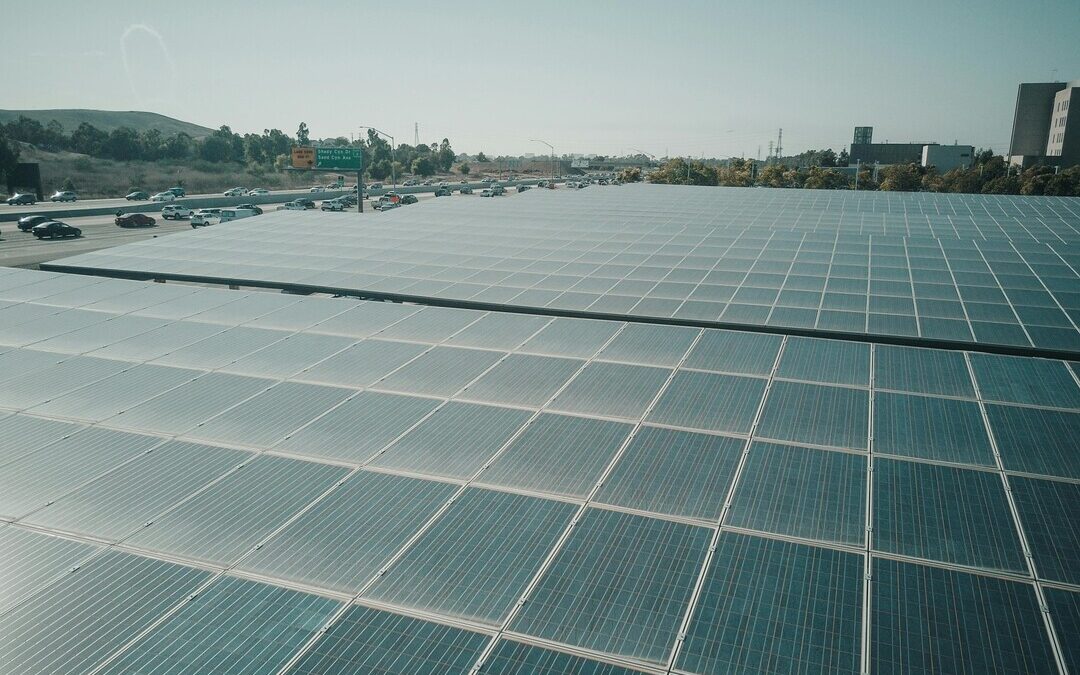Solar Surge to Drive Record Renewable Energy Growth Through 2030: IEA
Global renewable energy capacity is set to surge by 2030, led by rapid growth in solar and emerging markets.
Global renewable energy capacity is expected to more than double by 2030, led by the rapid rise of solar photovoltaic installations, the International Energy Agency said Tuesday. The surge comes despite ongoing headwinds in supply chains, grid integration and financing.
In its “Renewables 2025” report, the IEA projected a 4,600-gigawatt increase in renewable capacity by 2030, equivalent to adding the combined power capacity of China, the European Union, and Japan.
About 80 percent of this expansion will come from solar PV, driven by lower costs and faster permitting, followed by wind, hydropower, bioenergy and geothermal.
Geothermal installations are set to hit record highs in the United States, Japan, Indonesia, and several emerging economies.
Meanwhile, grid challenges are fueling renewed interest in pumped-storage hydropower, which is forecast to grow nearly 80 percent faster than in the previous five years.
Emerging Economies Power Ahead
Emerging markets in Asia, the Middle East and Africa are driving the growth of renewable energy adoption. Governments are introducing auctions and raising targets to attract private investment. India is poised to become the world’s second-largest renewables growth market after China and is on track to meet its 2030 target comfortably.
Confidence at the corporate level remains strong, with most major developers maintaining or raising their 2030 deployment goals. However, offshore wind faces setbacks, with growth forecasts cut by roughly 25 percent due to policy uncertainty, supply bottlenecks and rising costs.
Policy Shifts Shape Outlook
IEA Executive Director Fatih Birol said solar PV will remain the key driver of global capacity growth. “Solar PV is on course to account for some 80 percent of the increase in the world’s renewable capacity over the next five years,” Birol said.
He added that expansion in markets such as Saudi Arabia, Pakistan and Southeast Asia will reinforce the technology’s dominance.
Still, the overall outlook for renewables has been revised slightly downward from last year. Changes in U.S. and Chinese policies have weighed on growth projections.
The early phase-out of federal tax incentives and regulatory shifts in the U.S. have cut the forecast by nearly half, while China’s move from fixed tariffs to auctions has affected project economics.
India, Europe Offset Declines
Stronger policies and faster permitting in India, Europe, and other developing economies are expected to offset the slowdown.
Rooftop solar adoption, larger auction volumes, and corporate power purchase agreements are driving growth. Together, PPAs, utility contracts and merchant plants will contribute 30 percent of total renewable energy expansion by 2030 — twice last year’s share.
Supply Chains Remain China-Centric
Despite diversification efforts, China will continue to dominate global supply chains for solar PV and rare earth materials used in wind turbines. Concentration across key production segments is projected to remain above 90 percent through 2030, the IEA said.
The rapid rise of variable renewables is straining electricity grids. Curtailments and negative pricing are on the rise in several markets, underscoring the urgent need for grid upgrades and investments in storage. Some nations have begun launching capacity and storage auctions, but the IEA has warned that broader action is needed to ensure secure and cost-efficient integration.
Modest Gains in Transport and Heating
Renewable energy in transport and heating are expected to grow only slightly. Their share in global transport energy use will rise from 4-6 percent by 2030, driven by electric vehicles in China and Europe and biofuel growth in Brazil, Indonesia, and India. In heating, the share of renewables is projected to increase from 14 to 18 percent.
Despite near-term policy and supply chain hurdles, renewable energy remains on track for record global growth through 2030. Solar PV will continue to lead the transition, while wind, hydro, and bioenergy will play vital supporting roles in shaping a cleaner, more resilient power system worldwide.
Also Read:
Mars Powers All European Snacking Factories With Renewable Energy
Nirmal Menon
Related posts
Subscribe
Error: Contact form not found.


